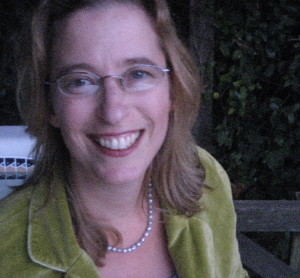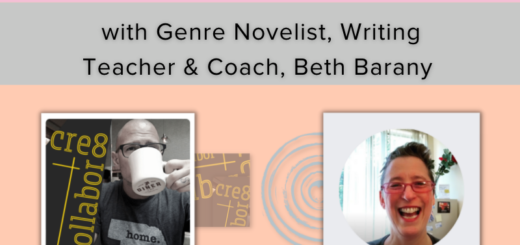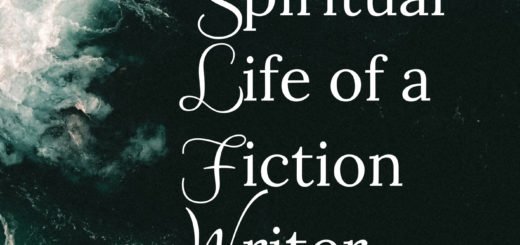The Four-Stage Creative Process #10
 I’ve decided to syndicate my ebook Overcome Writer’s Block: 10 Writing Sparks to Jumpstart Your Creativity on my blog, Writer’s Fun Zone. You can read the whole book here over the next 10 weeks, or buy the entire ebook at Kindle, Smashwords, and other ebook vendors.
I’ve decided to syndicate my ebook Overcome Writer’s Block: 10 Writing Sparks to Jumpstart Your Creativity on my blog, Writer’s Fun Zone. You can read the whole book here over the next 10 weeks, or buy the entire ebook at Kindle, Smashwords, and other ebook vendors.
** Enjoy Spark Ten! And Happy Writing!**
Spark Ten: Know Thyself: The Four-Stage Creative Process
“Know thyself.”
— Attributed to Socrates, among others
Surprisingly, creativity is one of those things that even really creative people think they don’t have. Some of my clients have told me this about themselves. Such a major misconception.
We are all creative. And I am here today to share with you how to bring your creativity process more into your awareness.
If you are stuck in the middle of your current writing project, or don’t know where to begin, becoming aware of your creative process will help you assess your internal landscape and rustle up solutions to move forward with confidence and excitement once again.
One of the books I’ve recently read is Aha: 10 Ways to Free Your Creative Spirit and Find Your Great Ideas by Jordan Ayan, Founder of Create-it! Inc. The four-stage creative model he presents gives shape to a process we all have. Awareness of this process and how it operates already for you will encourage your more conscious use of it. Yes, we are all creative, and this model will help us tap into and use our creativity more effectively.
The Four-Stages to this Creative Model are:
Preparation
Incubation
Illumination
Implementation/ Verification
I will explain each stage and give reflection points for each.
Preparation
This is the research phase, where our minds collect information either subconsciously or consciously, where we actively scan our environment, books, Internet, and people for tidbits, data, sensory input, and experiences. This preparation can be task-oriented or simply draw on all that has gone before in own lives.
REFLECT
Reflect on all the prep work you have done for your current project. Did you actively seek out information or were you in a receptive place for a certain period of time, gathering information as you experienced your life? Or was it a mixture of both? Knowing how to prepare for a project can help you accept your process and use your best practices actively.
Incubation
I liken this period to letting the soup cook on the back burner at low simmer. Our work of chopping, stirring and seasoning is done and now we just need to let the creative project cook on its own. Ayan gives the great advice that if we are tired, cranky, or anxious, that’s a good time to step away from our work and let the subconscious take over. Whew! What a relief to know that creativity happens under the surface.
As Ayan says, “Creativity is the result of your mind’s ability to link ideas, producing something new and different.” Some of the processes it uses include the following:
— Juxtaposition: marrying two contrasting ideas;
— Blending: bringing the elements of two ideas together to form a new one;
— Pyramiding or Funneling: joining many ideas either at the bottom or the top, and getting; a sleek new idea that combines the best of all of them;
— Encircling: starting with a fuzzy idea and narrowing in to find the central concept;
— Imagining: using imagination and fantasy to produce a new idea from an old one.
REFLECT
When are the moments where you know you need to let an idea incubate? For example, I love sleeping on an idea, or setting the project aside while I go running, or puttering around in the garden.
Illumination
Aha! Eureka! I got it! I get it! Yes, this is the stage when it all comes together, when the answer arrives on your doorstep nicely bundled. Very often, illumination strikes when you are relaxed or distracted. The importance of these states is so well known, that, as Ayan reminds us, “creativity experts highly recommend that you allow yourself sufficient downtime for these processes to occur naturally.” Keywords to remember here are “sufficient downtime.” So often we want to rush the creative process, yet what is most called for is patience. I add to Ayan’s call for patience, also the call for trust.
Hand over the problem to your unconscious and trust the answer to spark and bubble to the surface. Sometimes your “Aha!” is ready to implement, and sometimes it may need more conscious fiddling, noodling, playing, or tweaking. Here is where we enter the Implementation Stage. Before moving to the next step, take a moment to reflect.
REFLECT
Where and when do you receive your Aha moments: while driving, gardening, in the shower, doing dishes? What can you do to give more such downtime to yourself? And very importantly, what can you do to capture your ideas? Be sure to have notebooks, voice recorders, post-its, or the like handy. We may think we can remember our brilliant ideas without recording them, though very often, sadly we do not.
Implementation/Verification
Here is where you give form to your idea: painters paint, writers write, a business owner drafts her business plan, composers compose. Does your idea work as planned, as imagined? Sometimes the work needs refinement, sometimes not. Sometimes the refinement takes time, years even. Sometimes the work is ready to go.
REFLECT
How long is the implementation stage for your art, your current project? Knowing this can reduce anxiety and promote calm. My first drafts for my novels arrive rather quickly, then take a long time to polish. My short stories on the other hand arrive nearly ready to consume. A songwriter I know does basically two drafts of his songs to bring them to loveliness.
Your Creative Process
Most people have used this process unconsciously. Now that you are aware of the four stages and how you already use them, you can activate them consciously whenever you want to generate new ideas or start a new creative project. Take advantage of your own creative flow to prepare, to incubate, to allow for illumination, and to act on implementing. Get to know your own rhythm and take advantage of your natural creative ability.
We are all creative. Go play at being your creative self!
***
You can buy the whole 10 Sparks on the Kindle, Smashwords, and other ebook vendors.
 Bestselling Author’s Coach, Beth Barany is dedicated to the notion that all is better with play.
Bestselling Author’s Coach, Beth Barany is dedicated to the notion that all is better with play.
An author too, she’s the author of the 2011 award-winning young adult fantasy novel Henrietta The Dragon Slayer, as well as of the bestselling nonfiction books for authors and aspiring authors.
Beth gives away 10 spots per month for a 30-Minute Complimentary Coaching Session. First Come First Serve! Schedule yours today! Click here now to schedule yours: Beth’s Online Scheduler






